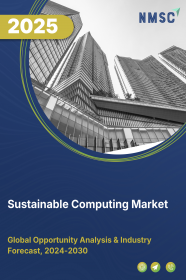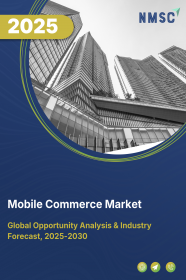
Mobile Commerce Market by Type (Mobile Shopping, Mobile Banking, Mobile Payments, Mobile Ticketing, and Others), by Payment Mode (Mobile Wallets, Mobile Banking Apps, Near Field Communication (NFC) Payments, and Mobile Carrier Billing), and by Applications (Retail and Shopping, Travel and Ticketing, Food and Grocery Delivery, Entertainment and Media, and Others) – Global Opportunity Analysis and Industry Forecast 2025 – 2030
Mobile Commerce Market Overview
The global Mobile Commerce Market size was valued at USD 658.10 billion in 2024 and is predicted to reach USD 2650.50 billion by 2030 with a CAGR of 26.1% from 2025-2030.
Factors such as increase in smartphone penetration, expanding Ecommerce platform and rise in mobile internet connection leads to the growth of the market. Nevertheless, security concerns related to data breaches hinder the market expansion. On the contrary, integration of artificial intelligence opens up great opportunities for market growth.
Moreover, top players such as Boku Inc., Ericsson Inc., and others are launching products in order to stay in competition. The m-commerce market plays a crucial role in transforming the digital retail sector that offer enhanced convenience and efficiency over desktop-based alternatives.
Increasing Smartphone Penetration Drives Market Growth
The increased penetration of smartphones across the globe is driving mobile commerce because it makes access and convenience even better to let a majority engage in online shopping anytime from anywhere with an increasing volume of transactions via mobile. As per the report by Global System for Mobile Communications in 2024 the global mobile subscribers reached 5.6 billion in 2023 and is estimated to surge to 6.3 billion by 2030 reflecting a 13% rise within 4 years’ time period. This surge in smartphone subscriptions emphasizes the pivotal role of mobile devices in transforming consumer shopping behaviours and driving the growth of m-commerce.
E-Commerce Expansion Fuels Market Growth
The rise of electronic commerce leads to increased demand for mobile commerce because more consumers prefer using their smartphone to easy access to browsing, comparing and purchasing products. As per the latest report of the International Trade Administration the global B2B ecommerce market is valued at USD 36 trillion by 2026 with a compound annual growth rate of 14.5% from 2017 to 2026. This underlines the impact of ecommerce on the increasing reliance on mobile platforms for consumer transactions.
Rise in Mobile Internet Connectivity Boosts Market Growth
The expansion of mobile internet connectivity fuels m-commerce due to the increasing accessibility of online shopping platforms through smartphones and other mobile devices. The enhanced connectivity allows consumers to discover and buy products anytime and anywhere. According to GSMA recent report, global mobile internet penetration reached 4.7 billion in 2023 with projections showing 5.5 billion by 2030 an increase of 17% over the next 7 years. This growth in mobile internet connectivity significantly enhances the mobile shopping experience that foster higher consumer engagement and transaction volumes in the mobile commerce sector.
Concerns Associated with Security Restricts Market Growth
Data breaches and fraud certainly repel consumers from shopping through mobile commerce and are detrimental to market growth.
Integration of Artificial Intelligence Creates Future Opportunities
The integration of artificial intelligence (AI) is expected to create ample growth opportunity for the market in future. Consumer behaviour is analyzed by AI algorithms for the purpose of offering personalized recommendations. In August 2024, Apple introduced Apple Intelligence, a major AI initiative for enabling mobile commerce. Thus, the integration of these technologies will boost user experience and allow for businesses to derive insights into consumer interests.
Market Segmentations and Scope of the Study
The mobile commerce market is segmented on the basis of type, payment mode, applications, and region. On the basis of type, the market is segmented into mobile shopping, mobile banking, mobile payments, mobile ticketing, and others. On the basis of payment mode, the market is distributed into mobile wallets, mobile banking apps, near field communication (NFC) payments, and mobile carrier billing. On the basis of applications, the market is classified into retail and shopping, travel and ticketing, food and grocery delivery, entertainment and media, and others. The regional breakdown includes regions such as North America, Europe, Asia-Pacific, and the Rest of the World (RoW).
Geographical Analysis
North America holds largest share in this industry and is predicted to keep its superiority throughout the forecasted year. Enhanced mobile internet connectivity that fuels mobile commerce by offering faster data speeds and enhanced network reliability, enables seamless online shopping experiences and boosting consumer engagement on mobile platforms. According to the latest report of GSMA, mobile internet users of North America reached 313 million in 2023 and is predicted to reach 351 million by 2030, marking a 12% rise over 7 years. This growth in mobile internet connectivity and usage drives the market growth across this region.
Furthermore, increasing smartphone use in this region drives mobile commerce as it enhances accessibility and convenience that allow consumers instant access to online shopping platforms for seamless browsing and purchasing anytime, anywhere. As per the GSMA report the number of smartphone subscribers in North America in 2017 summed to 300 million and is predicted to reach 328 million by 2025 reflecting a growth of 9% over this period. This increase in smartphone ownership highlights its pivotal role in shaping the m-commerce field.
On the other hand, Asia-Pacific shows a steady rise in the market driven by the increasing adoption of online shopping. Consumers choose the convenience of shopping through mobile apps and websites that allow seamless browsing and purchasing straightway from smartphones. Deloitte India data states, the country's online retail market size is predicted to reach USD 325 billion by 2030 from USD 70 billion in 2022 reflecting a remarkable growth of 364.3%. This enhances the demand for mobile commerce as retailers accommodate their platforms to cater to mobile users and provide seamless shopping experiences.
Also, growing investment in digital infrastructure in this region fuels mobile commerce by enhancing connectivity and user experiences, as faster internet speeds and secure payment systems provide consumers with easier access to mobile shopping platforms. According to the International Trade Administration report of 2022, the manufacturing companies of Japan spent USD 890 million on digital infrastructure and it is estimated to grow to USD 4.1 billion by 2030. This significant investment in digital infrastructure boosts m-commerce and positions the region for sustained growth in online shopping and consumer engagement.
Competitive Landscape
Various key players operating in the mobile commerce industry are Boku Inc., Ericsson Inc., Mastercard Inc., Brainvire Infotech Inc., Miquido, Magneto IT Solutions, Orangemantra Technology Pvt. Ltd., Oyelabs, SAP SE, Salesforce, Inc., Mopay Inc., PayPal Holdings Inc., Visa Inc., Ecwid, Apple Inc., and others. These companies continue to adopt various strategies including partnerships and product launches to maintain their dominance in the market.
For instance, in October 2024, Ericsson partnered with Wipro to enhance the billing experience for customers of Odido. The successful migration of Odido's billing system to a cloud-native platform enables enhanced service offerings, particularly in 5G technology, that is crucial for mobile commerce applications.
Also, Salesforce, Inc. launched commerce cloud feature in May 2024 to help merchants deliver online shopping experience from site development to customer checkout. This aims to provide a consistent and engaging shopping experience across all devices, addressing the growing consumer demand for mobile commerce solutions.
Key Benefits
-
The report provides quantitative analysis and estimations of the mobile commerce market from 2025 to 2030, which assists in identifying the prevailing market opportunities.
-
The study comprises a deep-dive analysis of the mobile commerce market including the current and future trends to depict prevalent investment pockets in the market.
-
Information related to key drivers, restraints, and opportunities and their impact on the mobile commerce market is provided in the report.
-
Competitive analysis of the players, along with their market share is provided in the report.
-
SWOT analysis and Porters Five Forces model is elaborated in the study.
-
Value chain analysis in the market study provides a clear picture of roles of stakeholders
Mobile Commerce Market Key Segments
By Type
-
Mobile Shopping
-
Mobile Banking
-
Mobile Payments
-
Mobile Ticketing
-
Others
By Payment Mode
-
Mobile Wallets
-
Mobile Banking Apps
-
Near Field Communication (NFC) Payments
-
Mobile Carrier Billing
By Application
-
Retail and Shopping
-
Travel and Ticketing
-
Food and Grocery Delivery
-
Entertainment and Media
-
Others
By Region
-
North America
-
The U.S.
-
Canada
-
Mexico
-
-
Europe
-
The UK
-
Germany
-
France
-
Italy
-
Spain
-
Denmark
-
Netherlands
-
Finland
-
Sweden
-
Norway
-
Russia
-
Rest of Europe
-
-
Asia-Pacific
-
China
-
Japan
-
India
-
South Korea
-
Australia
-
Indonesia
-
Singapore
-
Taiwan
-
Thailand
-
Rest of Asia-Pacific
-
-
RoW
-
Latin America
-
Middle East
-
Africa
-
Key Players
-
Boku Inc.
-
Ericsson Inc.
-
Mastercard Inc.
-
Brainvire Infotech Inc.
-
Miquido
-
Magneto IT Solutions
-
Orangemantra Technology Pvt. Ltd.
-
Oyelabs
-
SAP SE
-
Salesforce, Inc.
-
Mopay Inc.
-
PayPal Holdings Inc.
-
Visa Inc.
-
Ecwid
-
Apple Inc.
REPORT SCOPE AND SEGMENTATION:
|
Parameters |
Details |
|
Market Size in 2024 |
USD 658.10 Billion |
|
Revenue Forecast in 2030 |
USD 2650.50 Billion |
|
Growth Rate |
CAGR of 26.1% from 2025 to 2030 |
|
Analysis Period |
2024–2030 |
|
Base Year Considered |
2024 |
|
Forecast Period |
2025–2030 |
|
Market Size Estimation |
Billion (USD) |
|
Growth Factors |
|
|
Countries Covered |
28 |
|
Companies Profiled |
15 |
|
Market Share |
Available for 10 companies |
|
Customization Scope |
Free customization (equivalent up to 80 working hours of analysts) after purchase. Addition or alteration to country, regional, and segment scope. |
|
Pricing and Purchase Options |
Avail customized purchase options to meet your exact research needs. |








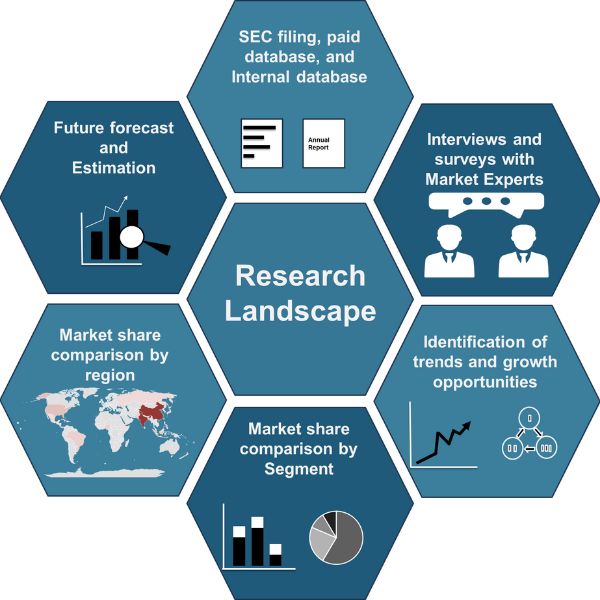





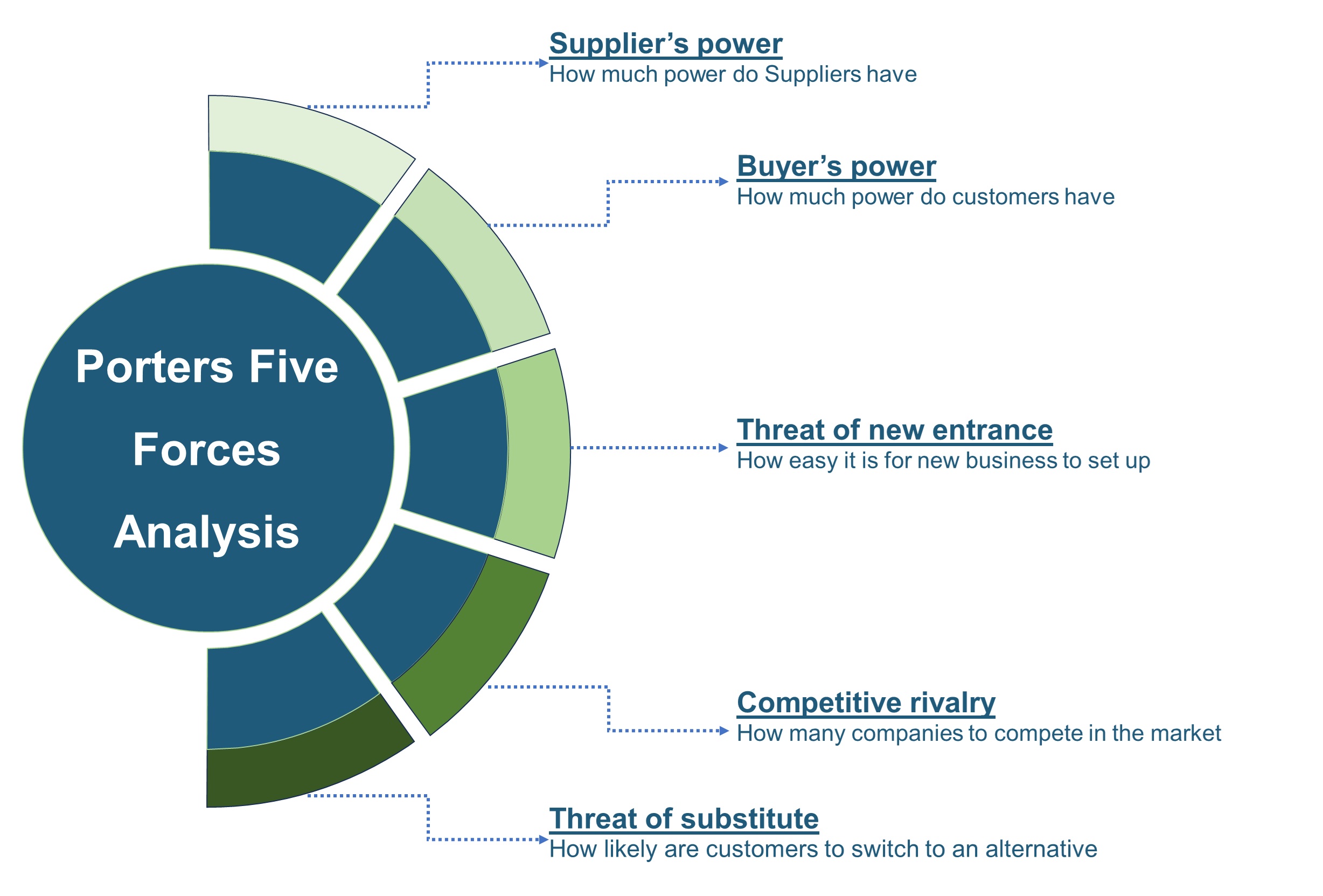

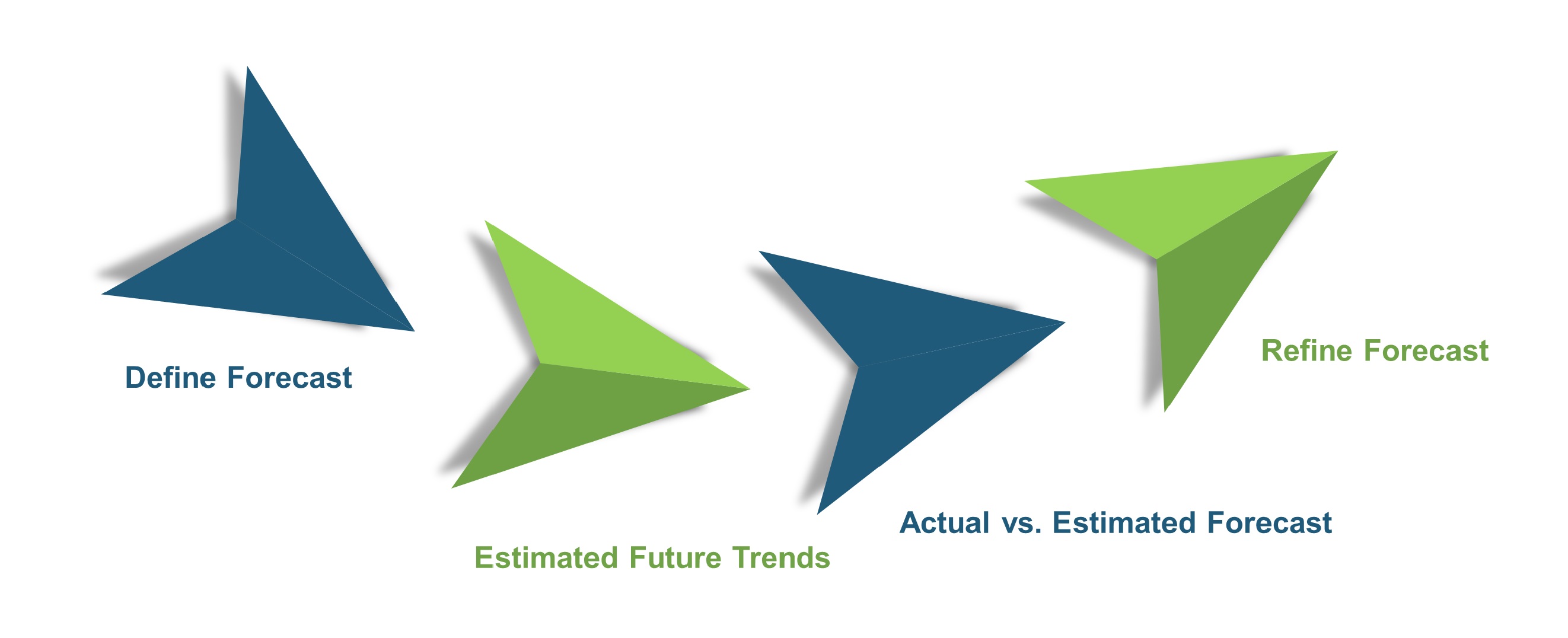
 Speak to Our Analyst
Speak to Our Analyst




